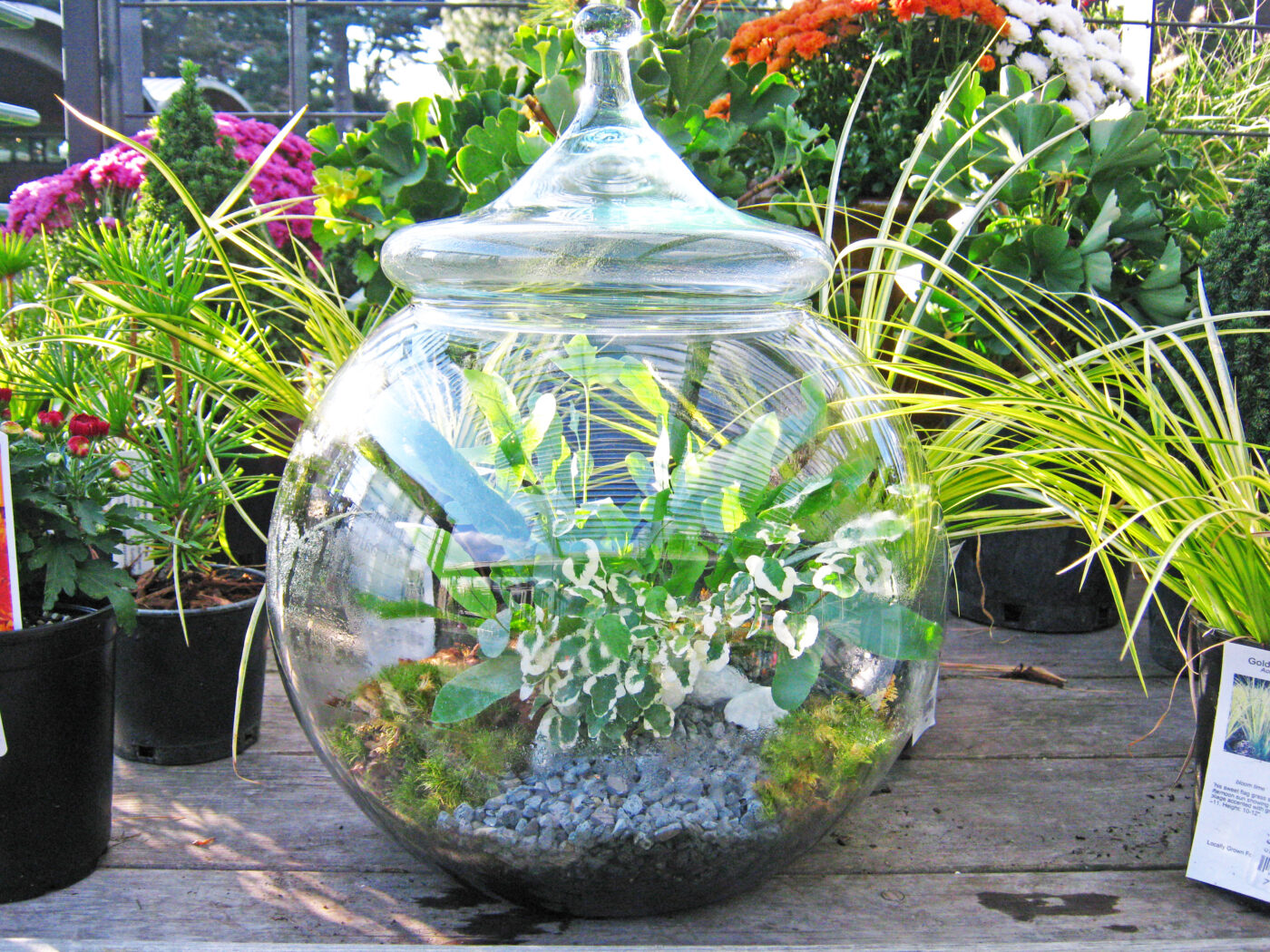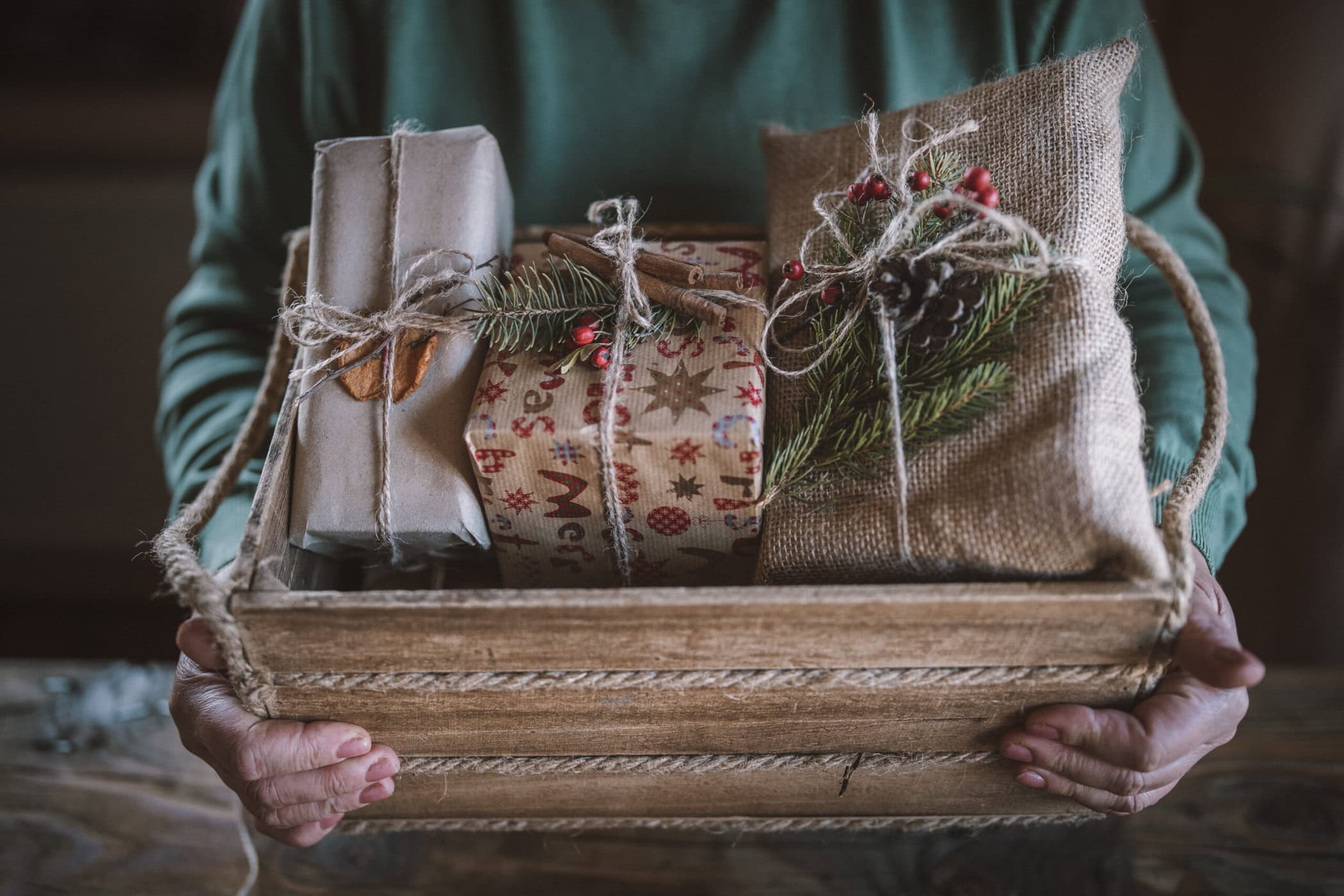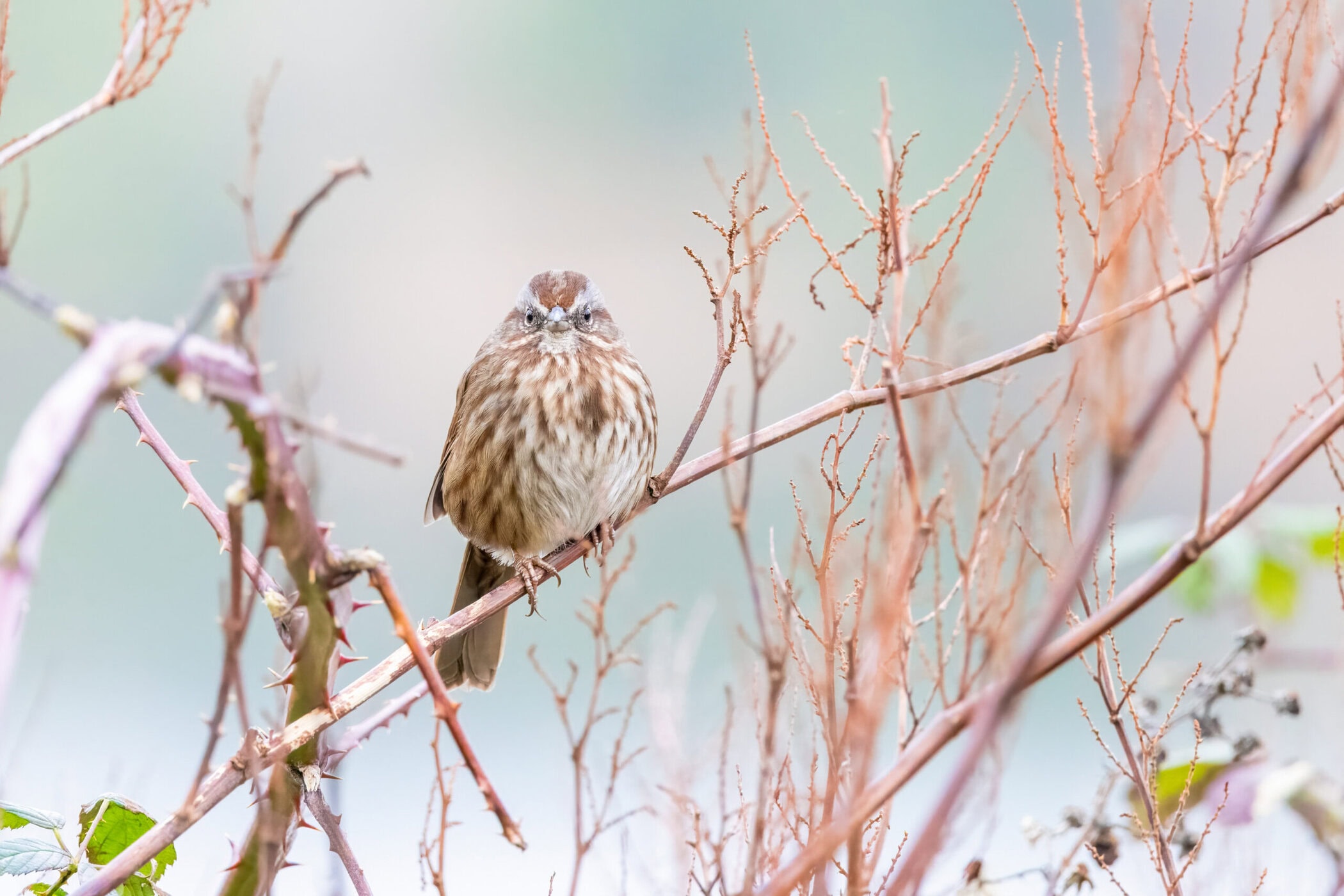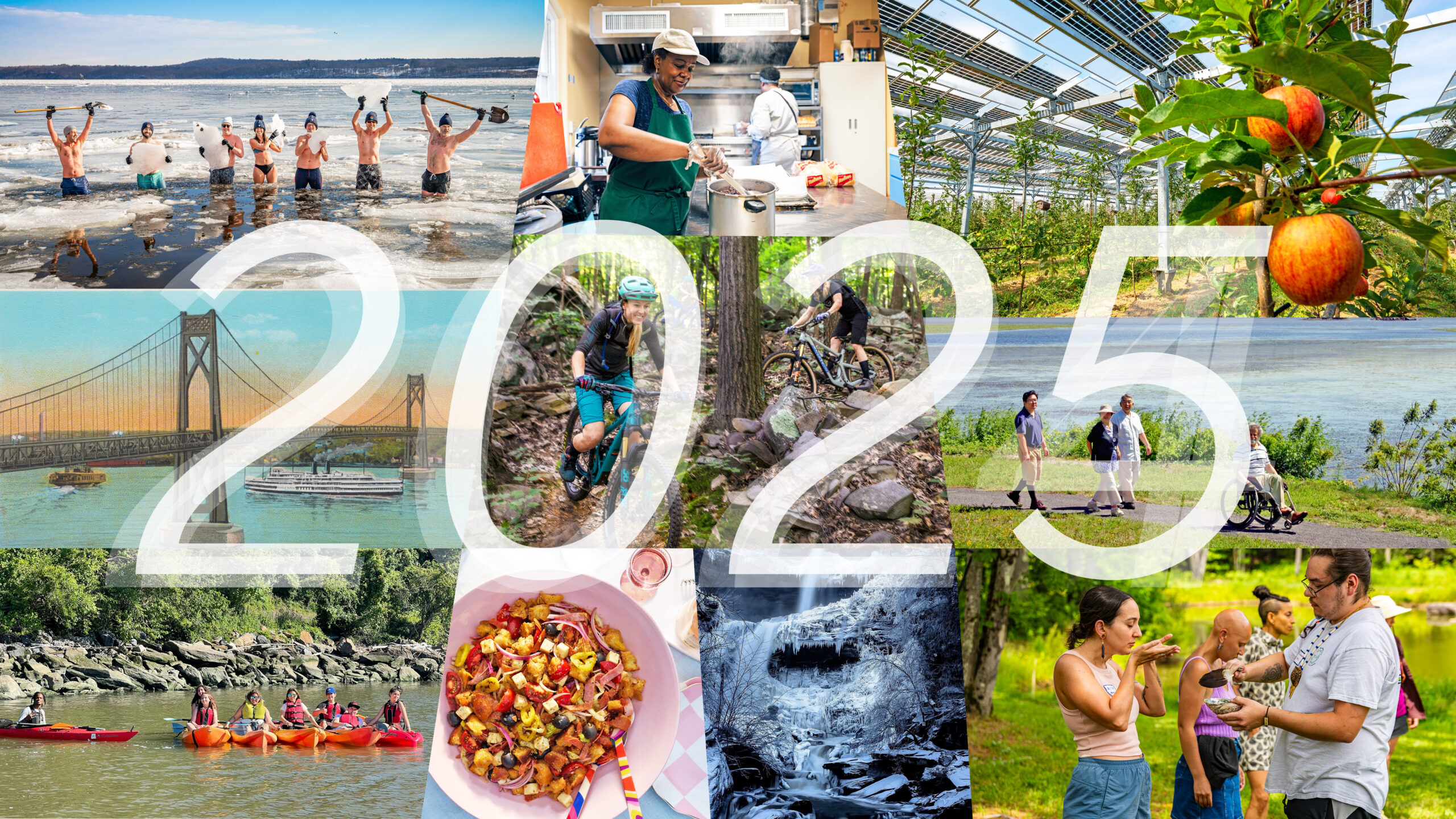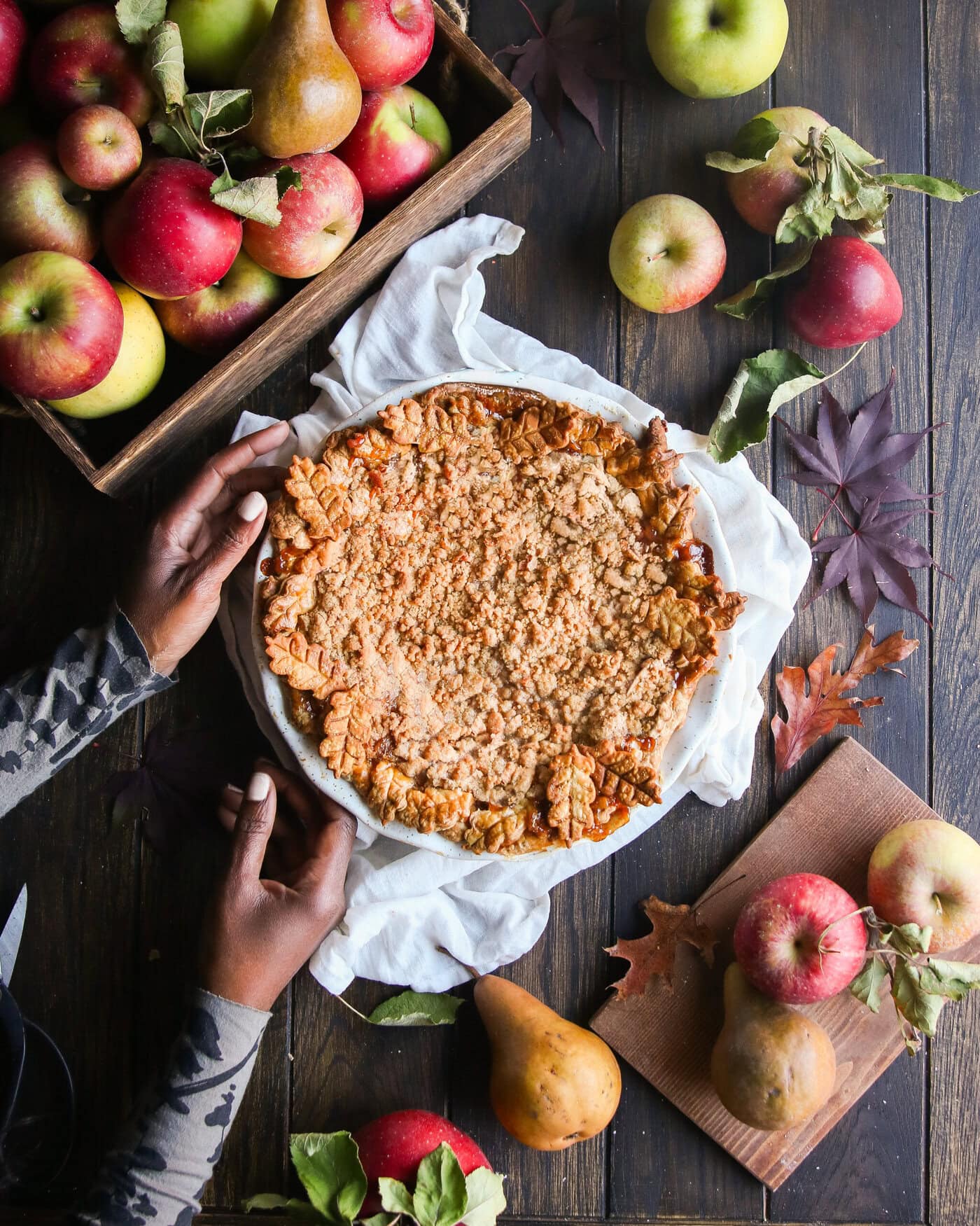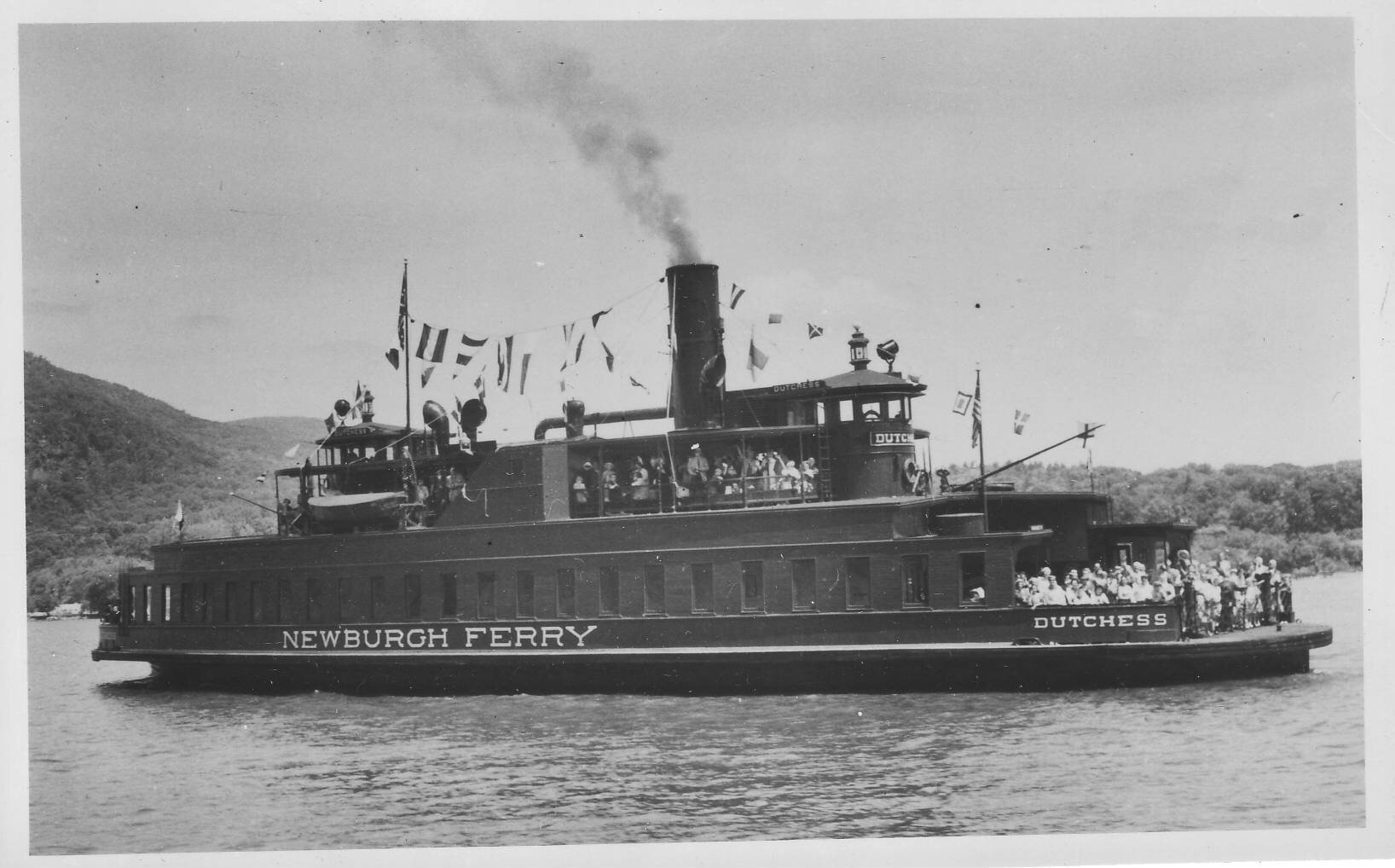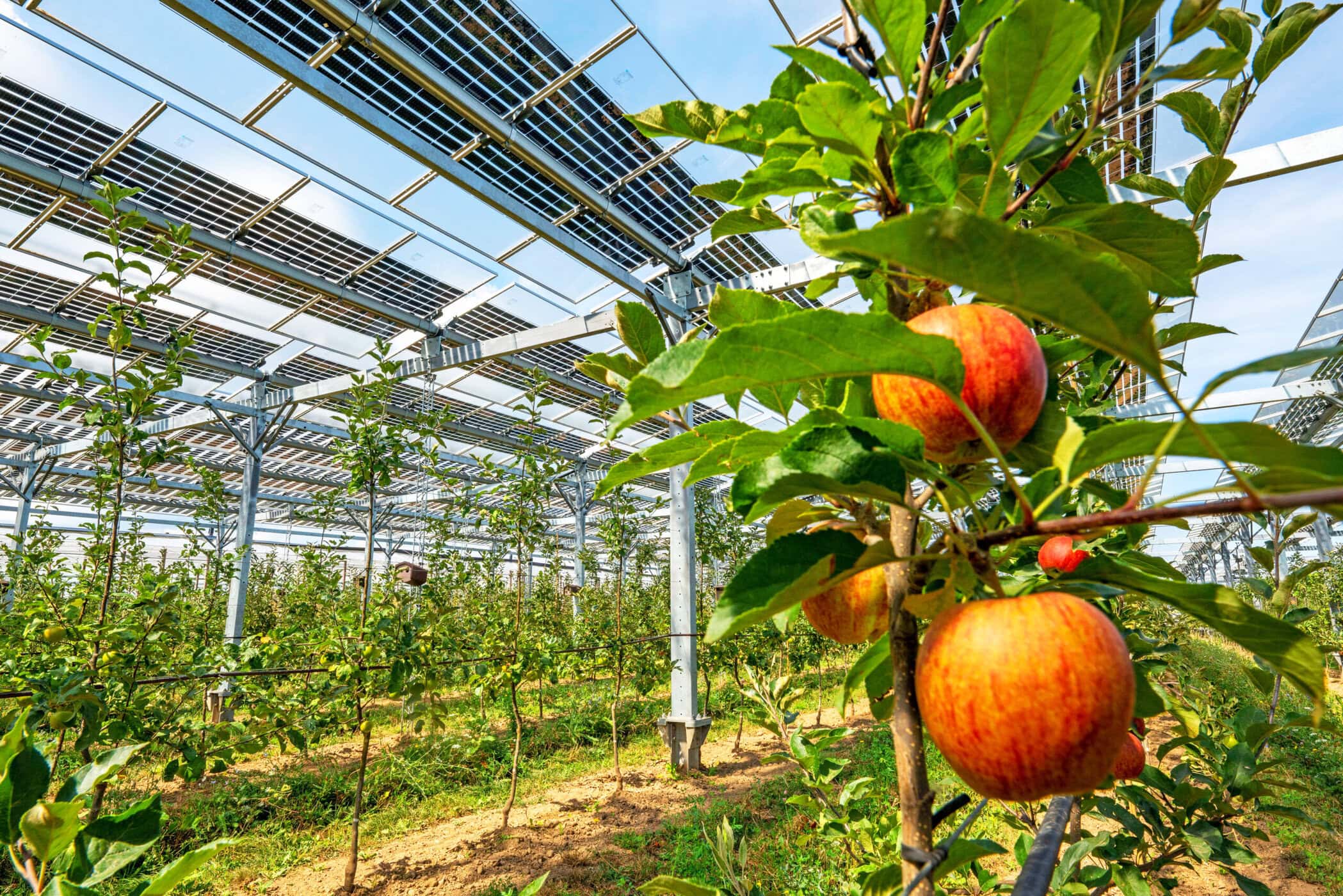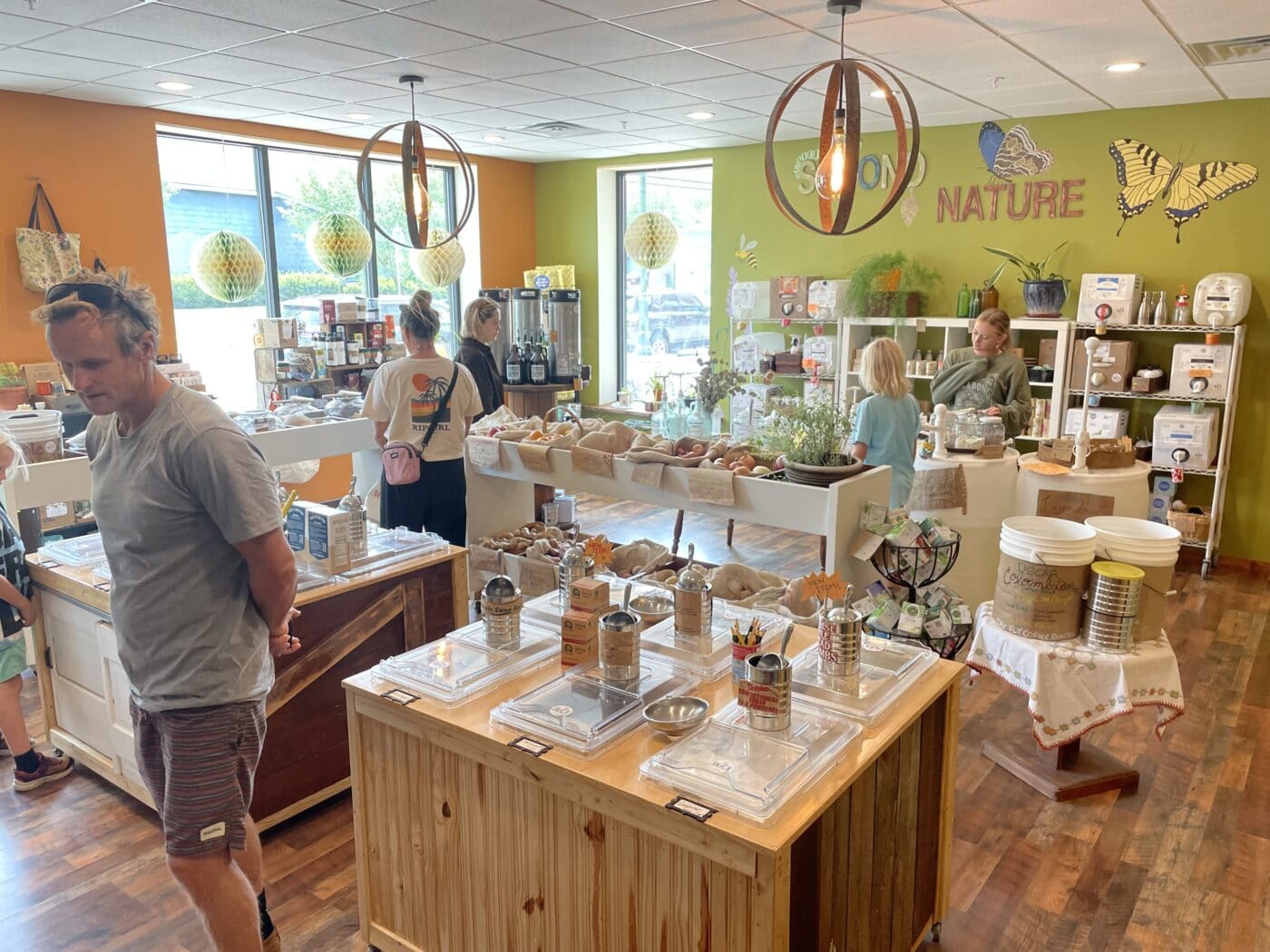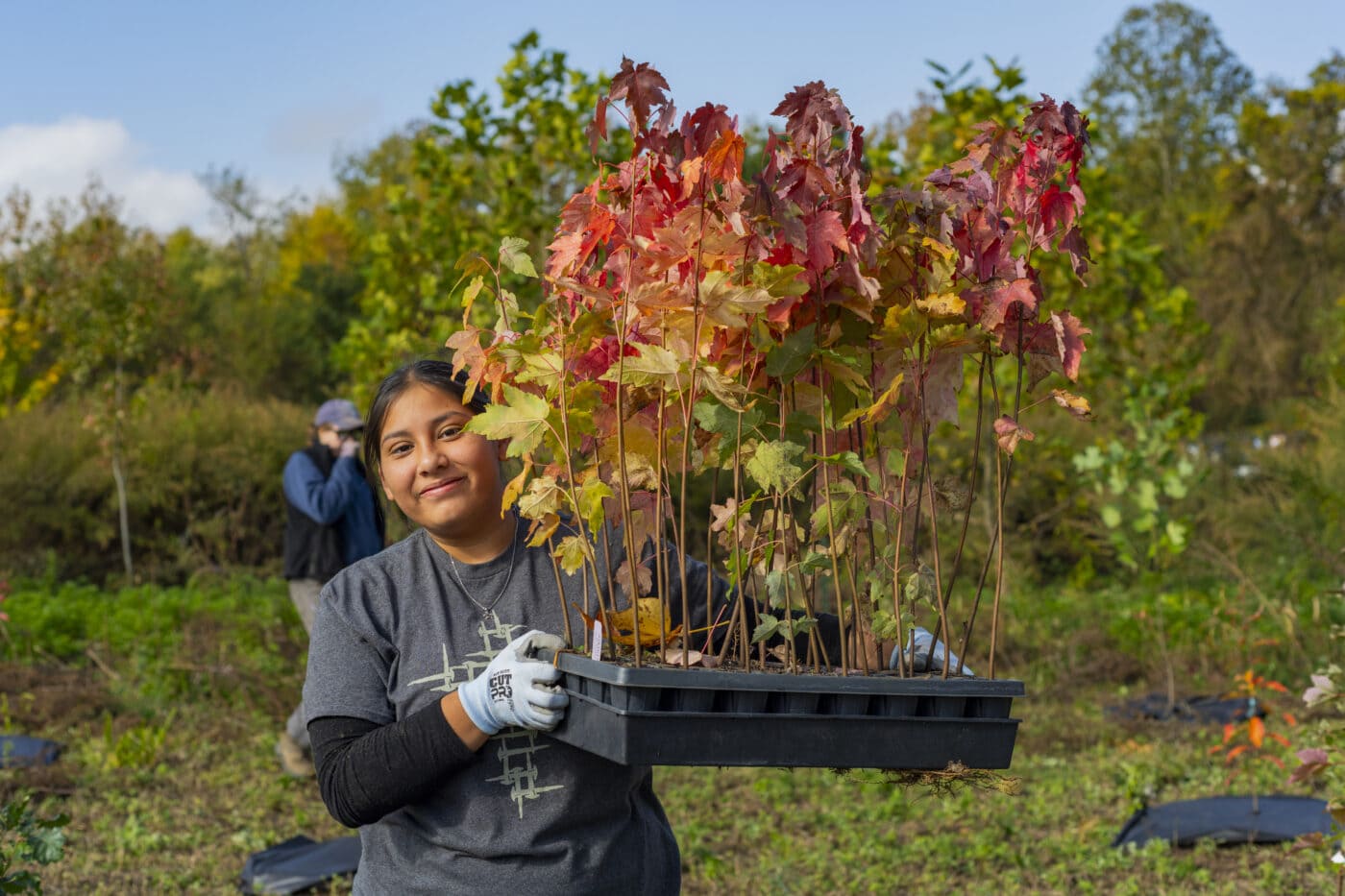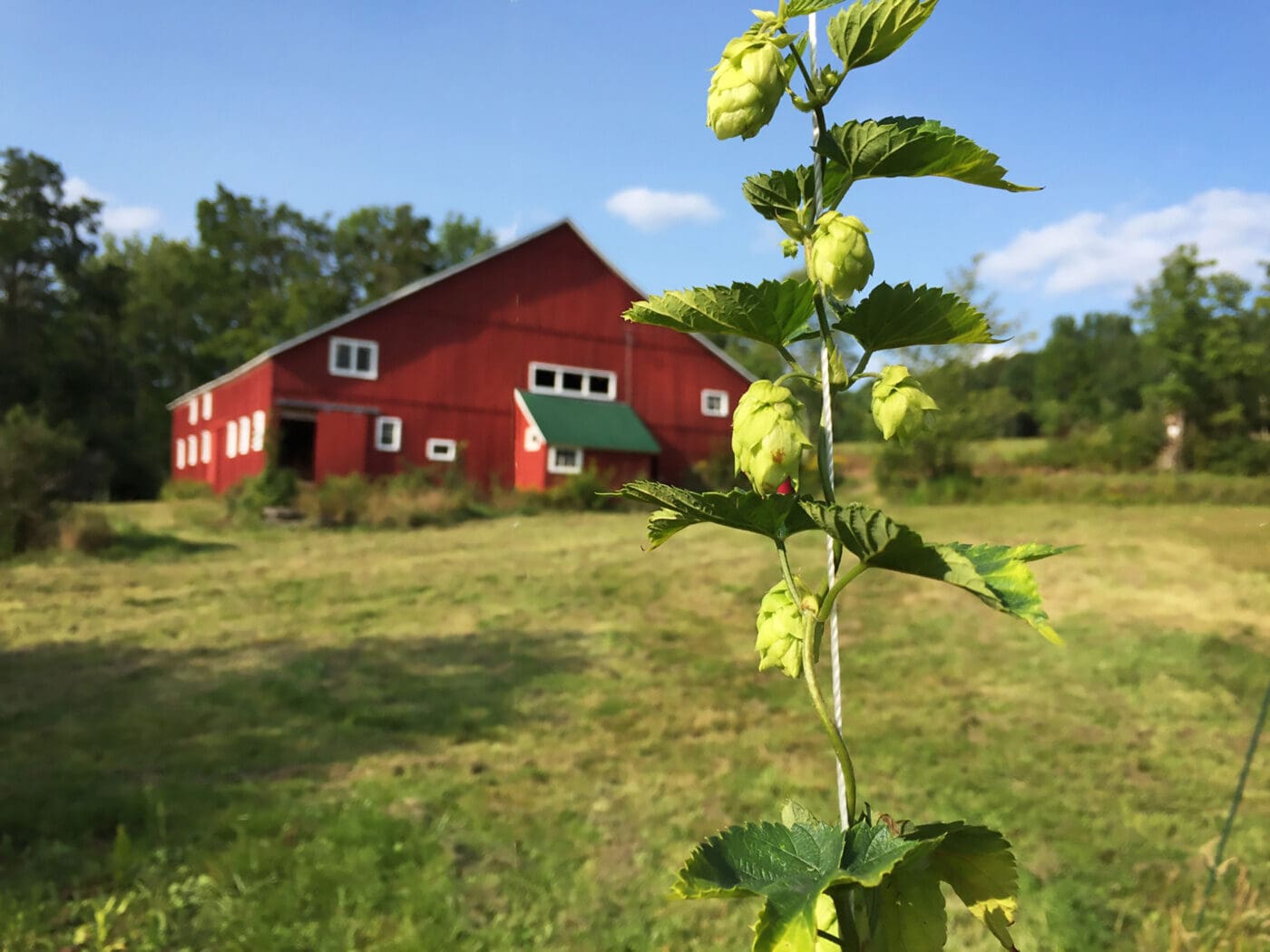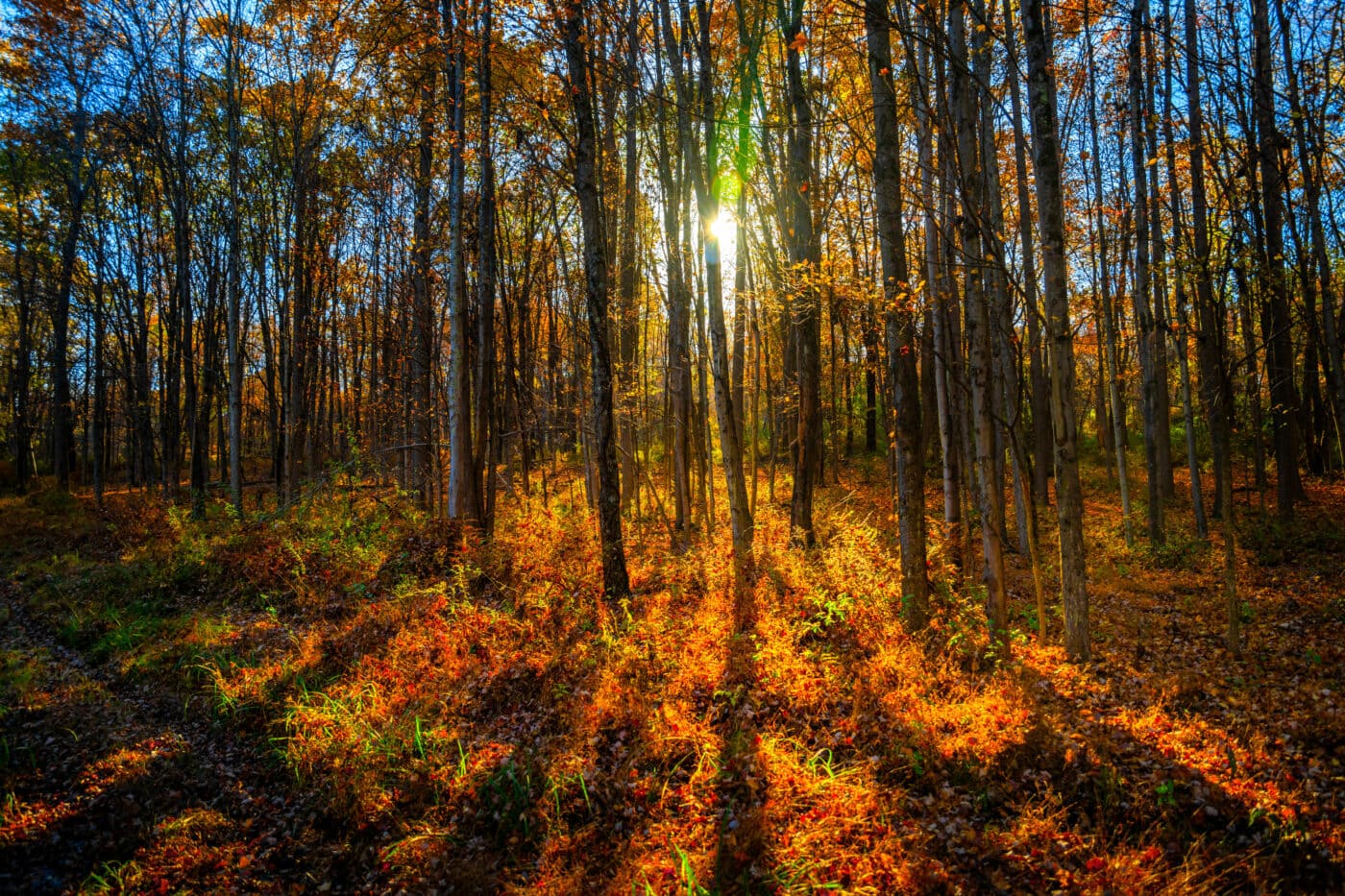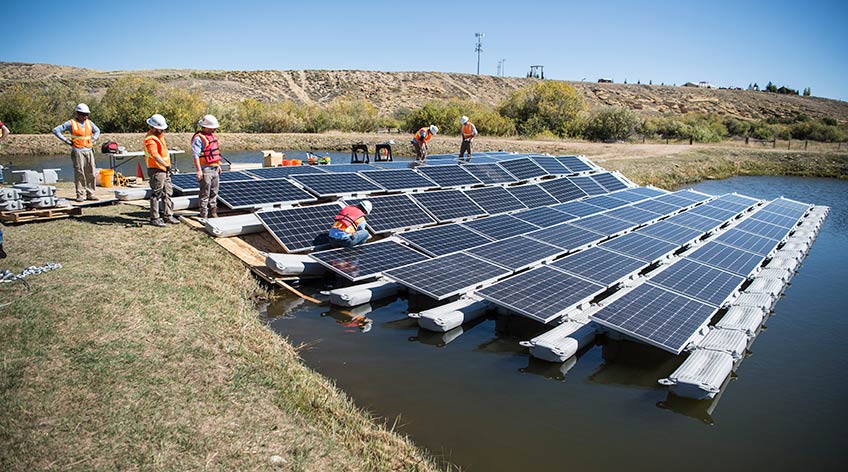When Nathaniel Ward published his 1842 book, On the Growth of Plants in Closely Glazed Cases, he may have been in the midst of starting the first terrarium trend. At this point, Ward, a London physician with a penchant for plants, had been tinkering with glass and wood boxes for more than a decade as a means of transporting plants over long distances. These “Wardian Cases” became an essential item for traveling botanists, opening the horticultural floodgates as many exotic plants and crops hopped from one continent to another for the first time.
Terrariums have found renaissance in other ways since then. Carboy terrariums became a fad around the 1970s as people felt pulled back to the land. And more recently, as social media and online tutorials make niches mainstream, terrariums seem to be finding a moment again. The Pennsylvania Horticultural Society identified terrariums as a top gardening trend in 2025, especially for those with limited indoor space and natural light.
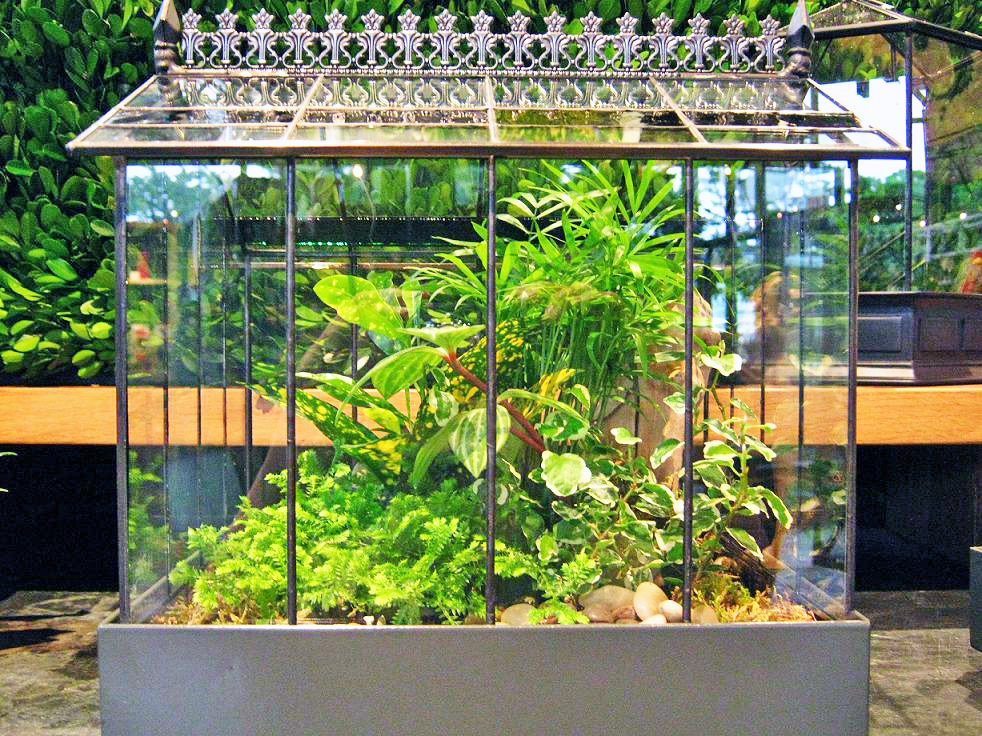
Marissa Rohl, who manages the greenhouse at the Newburgh Adams Fairacre Farms, has seen the resulting impact. “Adams has offered terrarium plants for many years now, but we have doubled the amount we offer in the Newburgh store due to the growing interest in recent years,” she says.
“I think what draws people into terrariums is the creativity and fun of it,” Rohl adds. “You can put so many different types of plants, from tropical foliage to succulents, into almost any container you think is cool. People can have fun creating something that has their own personal touch on it. Terrariums offer a different take on watching plants grow and how you grow them.”
Terrariums have also been popping up at markets around the Hudson Valley such as the Nyack Street Fair or Pawling Farmers Market, where Maria Colletti has been known to set up a booth adorned with several of her terrarium creations for purchase.
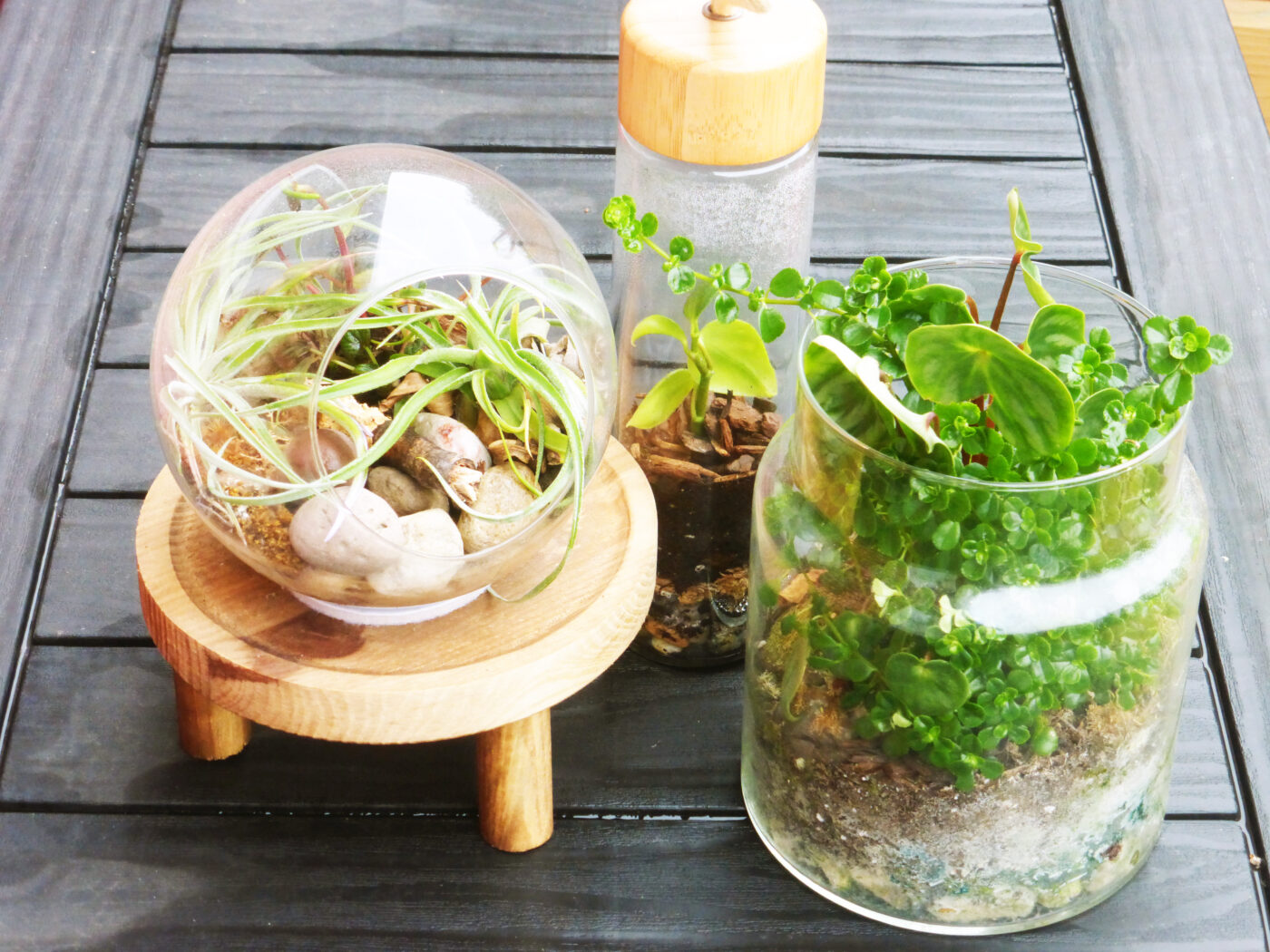
Colletti is a horticulturist and author who got her start with terrariums at the New York Botanical Garden, where she worked as the garden shop manager and adult education instructor for 20 years. After seeing terrariums featured in cutting-edge gardening and design magazines, she felt inspired to try her hand. She gathered stylish glass containers from the shop’s inventory and began experimenting with houseplants and landscaping concepts, eventually developing her own style. “My interest was always to elevate the design process to an artistic level and follow garden design principles in the landscape,” she says. Her terrariums quickly became popular items in the shop.
In response to customer interest, Colletti started putting on terrarium workshops at the botanical garden too. She eventually brought those workshops to other venues in the city and beyond — including in Maine where she spends more time these days. Building on her workshops, Colletti wrote her 2015 book: Terrariums — Gardens Under Glass. It has become a popular textbook of sorts for terrarium beginners and enthusiasts alike. “I wanted to publish a manual with artistic value,” Colletti says.
On the heels of attending PlantCon NYC 2025, where collectors gathered to find unique and high-end houseplants, Colletti sees the terrarium trend as part of a bigger movement of houseplants into the upper echelon of interior design. “Now it has evolved to this houseplant trend and craze,” she says. “So the terrariums got kind of folded in there.”
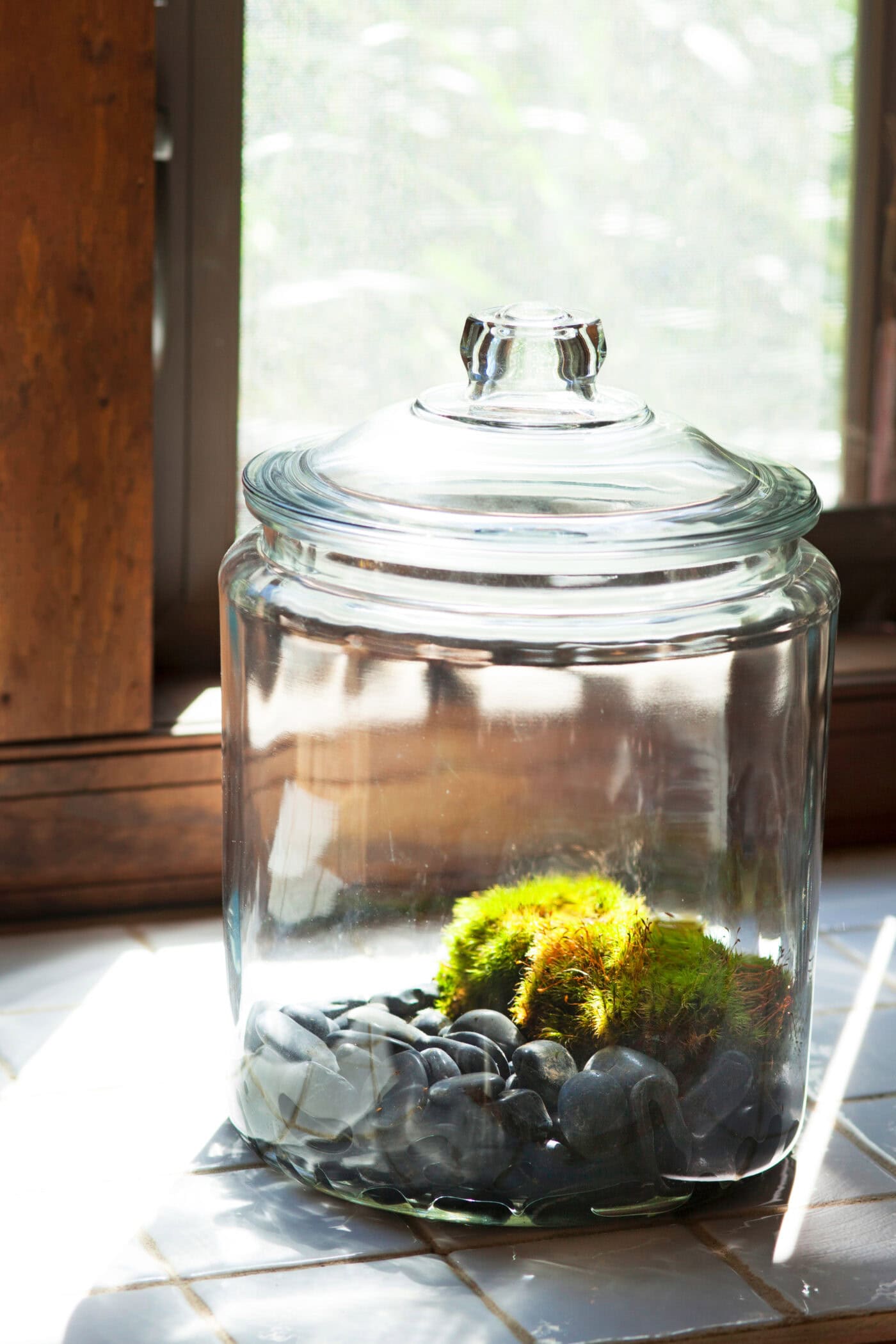
For those interested in getting started with terrariums and perhaps developing their own style, Colletti has some advice on how to merge the art of it with the science of keeping a plant alive.
“Think of a closed-lidded terrarium as a greenhouse, a glasshouse conservatory with levels of constant humidity,” Colletti says. “Picking the proper plants is paramount and planting them accordingly is important.” Humidity-loving plants such as fittonia, peperomia, and creeping fig varieties are common and do well in closed-lid terrarium environments, she says. Tillandsia air plants and succulents, on the other hand, will do better in an open terrarium. The style can also be elevated by the addition of rocks, wood, or mosses to complement the plants, with balance and contrast in mind.
With or without a lid, the container is as much a part of the décor as the plants inside. Although terrariums can be made from various containers sold for that purpose, they are also a great way to upcycle old jars and vases. “I love small Hudson Valley towns like Cold Spring and Beacon that have antique and vintage items that serve terrarium designing well,” Colletti says.
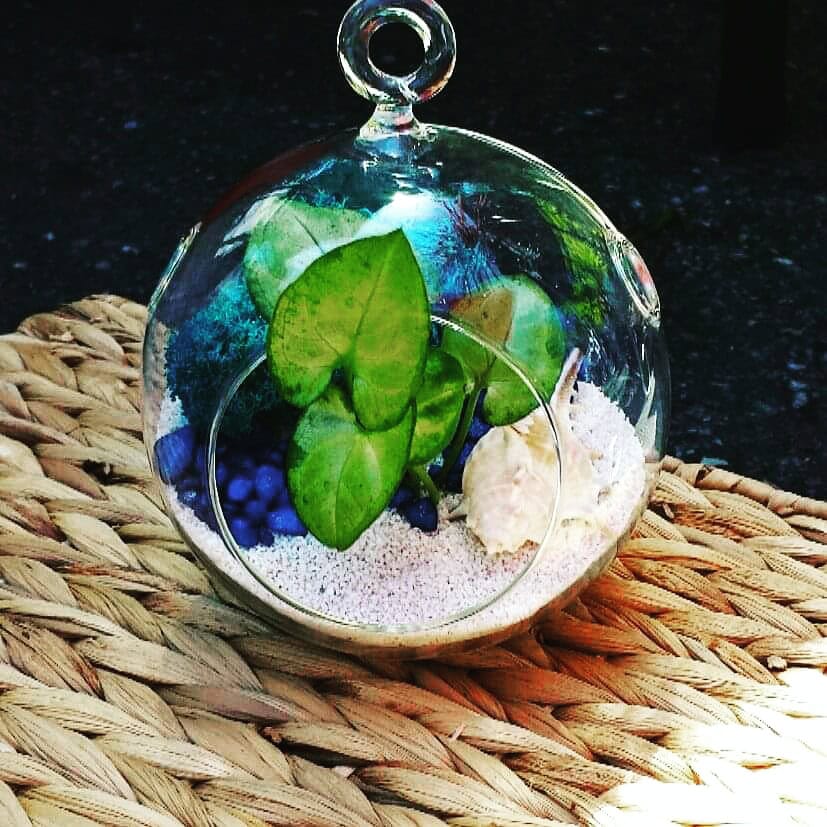
Terrariums also need about an inch of drainage material on the bottom of the vessel where any excess moisture can collect. “I like to use gravel, pebbles, or sand,” Colletti says, noting that aesthetics play a role here too. “These elements will become part of the design because everything you put into the container can be seen from the outside.”
Along with all Adams Fairacre Farms locations, small plants suitable for terrariums and related supplies may be found at local shops like Flora Good Times in Beacon, Sabellico Greenhouses & Florist in Hopewell Junction, and further out, Terrain in Westport, Conn., which is “well worth the drive there,” Colletti says. Moss Acres, based in Pennsylvania and New Jersey, is also an excellent online resource for sustainably sourced mosses.
Reflecting on the journey terrariums have taken over the past 200 years, Colletti shares her amazement. “You could say that the invention of the terrarium changed the world’s agriculture, even beyond just gardening and landscaping. And where we are today is really very interesting,” she says, noting the appearance of terrariums regularly now in magazines, hotel lobbies, and restaurant tables. “I think it’s part of our culture now.”


